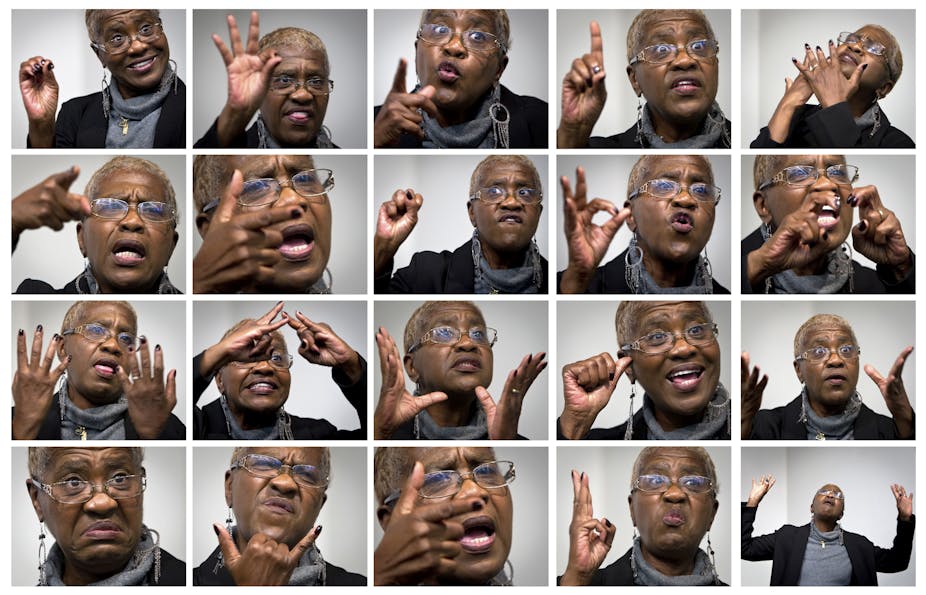What is Sign Language?
Sign language
There are many different signed languages from all across the world, totalling about 300. Sign language, in general, is any communication system that relies on body movements and hand gestures. Because it is so expressive and intuitive, historians believe that most early human cultures developed forms of sign language before spoken.
Baby Sign Language
ASL and its Origins
American Sign Language (ASL) is mostly used in America and Canada, though some sign languages "adopt" ASL signs.
The origin of ASL is unknown, but it is widely accepted that it originated over 200 years ago and began as a mix of Langue des Signes Française (LSF or French Sign Language) and local sign languages in American deaf communities.
ASL versus English
Contrary to popular belief in the hearing world, ASL is not a sign language equivalent to English, as it has a grammar structure of its own. It is Signing Exact English (SEE) that uses signs to create a word-for-word sign language translation of English.
Gaining Popularity
In the modern world, sign language is used by deaf and mute people who cannot communicate verbally, people who wish to communicate with deaf people, and anyone else who wishes to. It is gaining popularity among younger generations, largely due to the merging of the deaf and hearing communities with the rise of newer technologies and social media.
Why Learn Sign Language?
Sources
“American Sign Language | Communications | Britannica.” Encyclopædia Britannica, 2021, www.britannica.com/topic/American-Sign-Language. Accessed 4 Nov. 2021.
“American Sign Language.” NIDCD, 29 Oct. 2021, www.nidcd.nih.gov/health/american-sign-language. Accessed 4 Nov. 2021.
Educational Playcare. “Benefits of Sign Language for Young Children | EPC Blog.” Educational Playcare, Educational Playcare, 16 June 2016, www.educationalplaycare.com/blog/sign-language-benefits-for-young-children/. Accessed 12 Nov. 2021.
Looney, Dennis and Natalia Lusin. "Enrollments in Languages Other Than English in United States Institutions of Higher Education, Summer 2016 and Fall 2016: Preliminary Report. [PDF]" Modern Language Association, Feb. 2018, https://www.mla.org/content/download/83540/2197676/2016-Enrollments-Short-Report.pdf. Accessed 11 Nov. 2021.
“Sign Language | Communications | Britannica.” Encyclopædia Britannica, 2021, www.britannica.com/topic/sign-language. Accessed 4 Nov. 2021.
SignSolutions. “What Are the Different Types of Sign Language? | Sign Solutions.” Signsolutions.uk.com, 3 May 2021, www.signsolutions.uk.com/what-are-the-different-types-of-sign-language/. Accessed 4 Nov. 2021.



Comments
Post a Comment